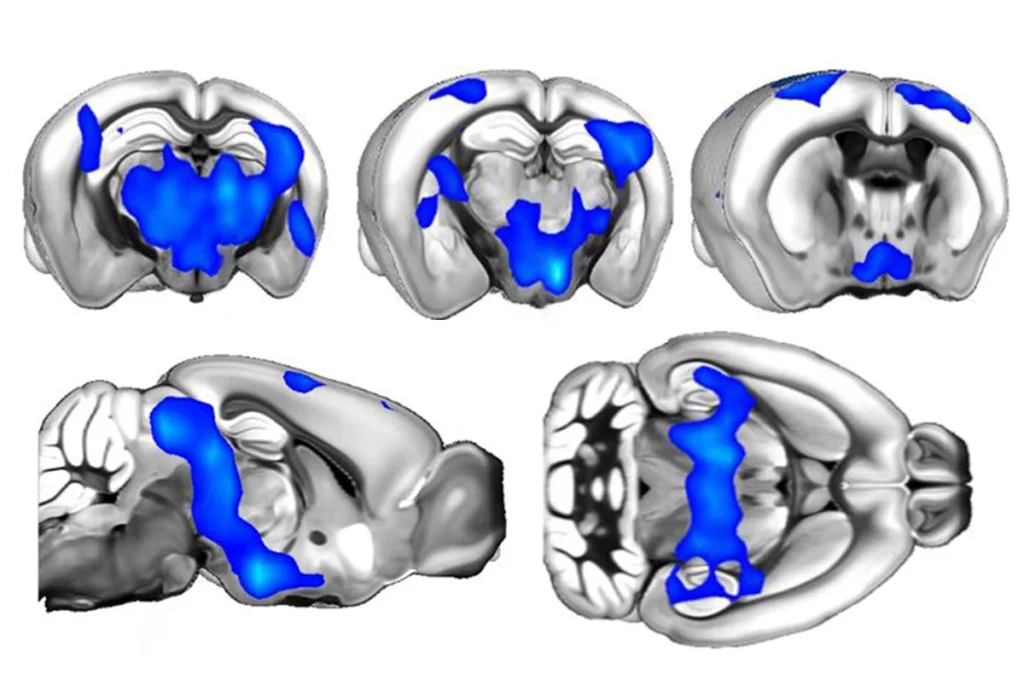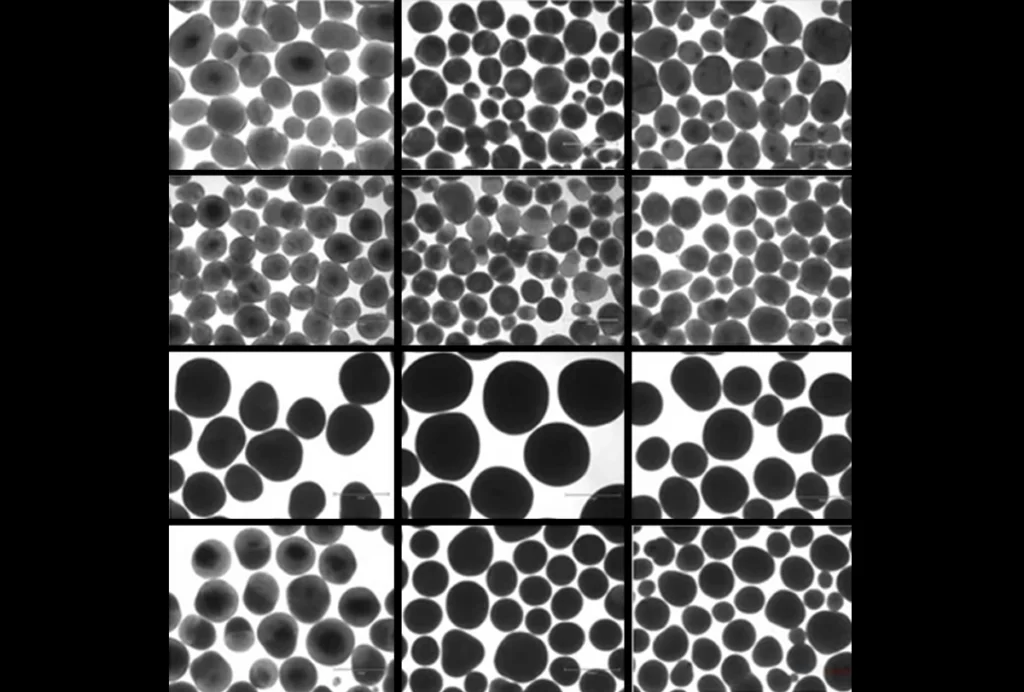Study links pupillary reflex, heart rate in autism
More than half of children with autism have a delayed pupillary response to light, along with a high heart rate and other physiological features, according an unpublished study presented Thursday at the 2013 International Meeting for Autism Research in San Sebastián, Spain.

Time lag: The pupils of children with autism take longer to constrict in response to a flash of light compared with controls.
More than half of children with autism have a delayed pupillary response to light, along with a high heart rate and other physiological features, according an unpublished study presented Thursday at the 2013 International Meeting for Autism Research in San Sebastián, Spain.
Pupillary reflex is an easy and noninvasive measure of the function of the autonomic nervous system. This part of the nervous system is broadly responsible for involuntary bodily functions such as breathing and heart rate.
Judith Miles and her colleagues have previously shown that the pupils of children with autism constrict more slowly and stay constricted for a shorter time than do those of controls1. The new study is the first to look for associations between the pupillary reflex and sensory responses, intelligence quotient (IQ) and response to fever.
Of 53 children with autism, 28 showed delayed pupillary response, 18 had a normal response and 7 had ambiguous results that fell into neither group.
The variable pupillary reflexes among children with autism supports the idea that the disorder is heterogeneous, the researchers say.
The study shows that the children who have a delayed reflex also have differences in several other autonomic nervous system functions. For instance, they have higher heart rates than controls do.
Many of them also show marked improvement in their behavior when they have a fever, and many walk on their toes and are hypersensitive to sensory stimulation. These children tend to look intently, avoid light and act anxious when lifted off the ground. All of these symptoms indicate that a subset of children with autism have impairments in their autonomic nervous system.
The parasympathetic system, a subset of the autonomic system, controls both heart rate and the pupil’s sphincter muscle. However, the researchers did not find any link between pupillary reflex delay and salivation, urination, digestion or defecation — other functions regulated by the parasympathetic system.
That’s surprising, because other studies have suggested that the parasympathetic system is impaired in some children with autism, says lead investigator Miles, professor of child health, genetics and pathology at the University of Missouri. Anecdotal evidence also suggests there may be an association.
The pupillary reflex and other autonomic nervous system features may help researchers identify biomarkers that could improve the diagnosis of autism. It may also help place people with autism into subgroups to facilitate diagnosis and treatment.
For more reports from the 2013 International Meeting for Autism Research, please click here.
References:
1: Daluwatte C. et al. J. Autism Dev. Disord. Epub ahead of print (2012) PubMed
Recommended reading

Building an autism research registry: Q&A with Tony Charman

CNTNAP2 variants; trait trajectories; sensory reactivity

Brain organoid size matches intensity of social problems in autistic people
Explore more from The Transmitter

Cerebellar circuit may convert expected pain relief into real thing

